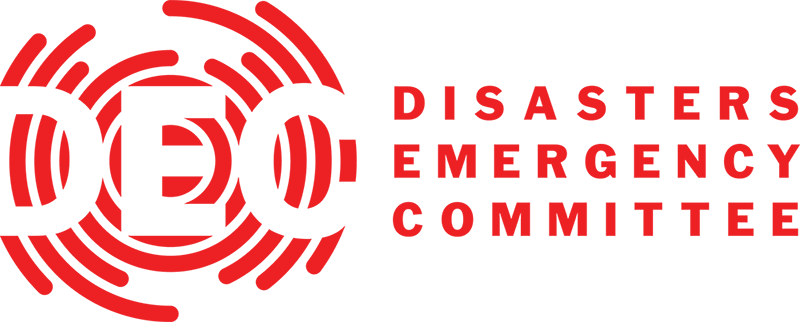
DEC members help 4m people in 3 months since Typhoon Haiyan
DEC member agencies and their partners have reached over four million people with aid since Typhoon Haiyan made landfall in the Philippines, three months ago today [Friday, 7 February].
The DEC has also announced today that its Philippines Typhoon Appeal has now raised £90m. This is already the third highest total for an appeal in the DEC’s 50 year history and fundraising for the Philippines Typhoon Appeal will continue until May 2014.
The aid delivered to four million people by DEC members and their partners has been paid for with DEC funds and money from other sources. Some survivors will have received different kinds of help from more than one DEC agency.*
DEC Chief Executive Saleh Saeed is currently visiting affected areas of the Philippines to meet with people whose lives were ripped apart by the storm and to see how DEC member agencies are assisting them.
DEC Chief Executive Saleh Saeed said:
“The survivors I have met in the Philippines have been responding to the devastation caused by Typhoon Haiyan in the most extraordinary way. Most have begun immediately to try to rebuild their lives and they are facing this daunting task with their hearts full of hope.”
“The support of the UK public through the DEC Philippines Typhoon Appeal is hugely appreciated here and I have seen with my own eyes how it is helping people to not only survive but also to begin to move on with their lives.
“DEC member agencies and their partners have played a crucial role in providing immediate aid but increasingly they are beginning to support people to rebuild their lives and livelihoods.”
The overwhelming majority of the more than 14m people affected by the typhoon have now received some support from government, UN agencies, or local and international organisations. Many need further emergency assistance but increasingly the priority for DEC members is to begin early recovery activities where there is a huge task ahead.
One example of early recovery work that is already under way is that many DEC agencies are not simply providing tents or plastic sheeting for emergency shelter but construction kits that can include items such as nails, timber, corrugated iron sheets, plywood, hammers and other tools. Agencies are also providing training and support to help ensure that when people repair or rebuild a simple home it will be more earthquake and typhoon resistant. Another huge area of early recovery activity has been to support farmers with seeds, fertiliser and tools so they could take advantage of the rice planting season which has just ended. In many cases cash grants have been made to some of the worst affected and most vulnerable families who have lost their source of income.
All DEC funds are normally spent within two years of an appeal being launched but because of the exceptional scale of the Philippines typhoon, funds for this appeal will be used to continue supporting survivors to rebuild their lives and livelihoods over three years.
Internationally, members of the Emergency Appeals Alliance (EAA), including the Disasters Emergency Committee, have raised £188m with appeals also being run by fundraising alliances with media support in Italy, Germany, Belgium, Canada, Sweden, Switzerland and the Netherlands as well as the UK.
Overall, the international response in the Philippines is only 45% funded with $US356m of the identified $US788m needed in the UN Strategic Response Plan having been given. The UK government has been the most generous donor government to date and has also donated £5 million to the DEC Philippines Typhoon Appeal through matched giving. The Scottish government has also supported the appeal by giving £600,000.
There is also a critical shortfall in the availability of some vital materials, including the very large quantities of corrugated iron needed for roofing.
Highest DEC appeal totals
| £392 | Tsunami Earthquake Appeal | 2004 |
| £107 | Haiti Earthquake Appeal | 2010 |
| £90m* | Philippines Typhoon Appeal | 2013 |
| £79m | East Africa Crisis Appeal | 2011 |
| £71m | Pakistan Floods Appeal | 2010 |
* Note: First three months of fundraising only.
The DEC was founded in December 1963 and since then it has run 64 appeals which have raised £1.2 billion and helped tens of millions of people around the world.
Haiyan facts and figures:
- The Typhoon first made landfall at Guiuan on the island of Samar at 8.40pm GMT on Thursday 7 November, 4.40am on Friday 8 November local time.
- It caused a storm surge – a wall of water – that was 25 feet high in some areas, including in the town of Tacloban.
- Reports regarding Haiyan’s windspeeds vary but the Philippine Atmospheric, Geophysical and Astronomical Services Administration – the relevant government authority - has said that when it made landfall Haiyan had sustained winds of 147mph and gusts of 171mph.
- If the figures from the Philippines government are correct then Haiyan WAS NOT the strongest tropical storm to ever make landfall but it WAS the deadliest Typhoon in the history of the Philippines, a country hit on average by more than 20 tropical storms a year and prone to both earthquakes and volcanoes.
- 14.1m people were affected with over five million people seeing their homes damaged or destroyed (550,000 houses destroyed and an additional 580,000 houses significantly damaged).
- The official Government death toll is 6,201 dead and 1,785 missing (14.01.14)
- The government has estimated the cost of the damage at £494m.
There are more facts and figures on Typhoon Haiyan on the DEC
ENDS
Notes to editors
* The figure of four million people reached has been calculated by totalling the number of beneficiaries reached as reported by each of the DEC’s 14 member agencies. This includes people reached through their partner organisations and using funding from the DEC and other sources. While there should be very little or no double counting of the same aid deliveries, in some cases some unavoidable double counting will occur where different agencies have provided different kinds of help to the same people. For example, Oxfam may have provided water and the Red Cross emergency shelter materials to the same community. The figure is intended to convey the scale of the aid response by our members and their partners. We have not compared it to the total number of people in need of aid and would discourage others from doing so.
- The DEC brings 14 leading UK aid charities together in times of crisis: ActionAid UK, Age International, British Red Cross, CAFOD, CARE International, Christian Aid, Concern Worldwide, Islamic Relief, Merlin, Oxfam, Plan UK, Save the Children, Tearfund and World Vision; all collectively raising money to reach those in need quickly.
- Donations can be made at www.dec.org.uk or 0370 60 60 900
- To donate £5 by text the word SUPPORT to 70000. The full £5 will go to the DEC Philippines Typhoon Appeal. Donors must be 16 years or over and have the bill payer’s permission. Texts are free and donations will be added to the bill.
- The Emergency Appeals Alliance (EAA) brings together organisations of various countries, which launch fundraising appeals following humanitarian disasters: AGIRE in Italy, Aktion Deutschland Hilft in Germany, Consortium 1212 in Belgium, Disasters Emergency Committee in the UK, The Humanitarian Coalition in Canada, Radiohjälpen in Sweden and Swiss Solidarity. In the Netherlands, Samenwerkende Hulporganisaties/Giro 555 is an associated member. The funds raised in each country are attributed to various partner NGOs which carry out humanitarian projects in the affected areas. Most of the organisations work in close cooperation with the national broadcasting system in order to reduce fundraising costs and increase efficiency of the national appeal.

